This article was medically reviewed by Janice Litza, MD. Dr. Litza is a board certified Family Medicine Physician in Wisconsin. She is a practicing Physician and taught as a Clinical Professor for 13 years, after receiving her MD from the University of Wisconsin-Madison School of Medicine and Public Health in 1998.
There are 21 references cited in this article, which can be found at the bottom of the page.
wikiHow marks an article as reader-approved once it receives enough positive feedback. In this case, 92% of readers who voted found the article helpful, earning it our reader-approved status.
This article has been viewed 76,726 times.
Studies show that scoliosis, or the unnatural curvature of your spine to the side, usually starts to happen in your late childhood or early teen years. Sometimes the curve is so minor you don't need any treatment, but in more severe cases you might need to try to treat your scoliosis and reduce the curvature of your spine. Experts agree that exercises, bracing, and surgery are the best treatment options for those with scoliosis, and that they can all help you improve your posture and feel better.[1]
Steps
Treating Scoliosis Medically
-
1Visit your doctor every 4-6 months. In order to treat your scoliosis, it's important to understand where your spine is curving and in which direction. See your doctor to have a physical exam done, and get an x-ray of your spine. Continue to visit your doctor every 4-6 months for repeat x-rays to monitor for change. Ask for a copy of the x-ray to bring home with you, or at least have your doctor write down the exact location of your spine's curve – for instance, “right-sided curve in T4 through T7.”[2]
- Scoliosis curvature can be either S-shaped or C-shaped. C-shapes are single curves in the spine, whereas the S-shape is basically a C shape but the lower spine curved in the other direction to compensate, causing a double curve.
-
2Wear a brace. Your doctor can give you a back brace to wear to help realign the curve of your spine. Braces are most helpful if your bones are still growing, so they're usually not used anymore once you get your period, have stopped growing taller, or have to shave your face every day (boys). Braces are tight-fitting and some are nearly invisible underneath your clothes, so people probably won't even notice that you're wearing one. They don't have to limit your activity or significantly change what you do every day, so they're a great choice to use temporarily.[3] [4]
- Full torso (Milwaukee) braces are good for high curves. They have to be worn at all times other than during bathing – for at least 23 hours a day.
- Thoracolumbar-Sacral Orthoses (TLSO) are less visible, and can be effective for mid- to lower-back curves. They work better the more you wear them.
- Nighttime braces are newer on the market and some doctors question how well they work, especially since 10% of people who use them still end up needing surgery. However, they may be useful for small curves. They must be worn at least 8 hours a night, and they put much more corrective force on your body than full-time braces.
Advertisement -
3Have surgery. Consider having surgery if your scoliosis is severe or your doctor thinks it is going to keep getting worse. Surgery may seem scary, but these doctors do surgeries like these often to help young people treat their scoliosis. The most common surgery is spinal fusion, where two parts of your spine – the vertebrae – are connected together to prevent further changes.[5] Many factors determine whether surgery is right for you, so talk to your doctor about your scoliosis and treatment options.[6]
- Another surgery is to put a metal rod in your back to help keep it straight. The rod is adjusted to get longer as your grow taller, usually every 6 months. This can be helpful if your scoliosis is getting worse quickly.[7] Dealing with the problem now can significantly help for when you're older.
-
4Have chiropractic treatments. Seeing a chiropractor can help if you have pain due to your scoliosis, and may be able to help improve the curve of your spine. It's unclear whether long-term conditions like scoliosis can be improved with chiropractic.[8] Some evidence suggests that regular chiropractic treatments are especially helpful for adults with scoliosis.[9] Talk to your doctor about whether seeing a chiropractor may help, and get a referral if possible.
-
5Try serial casting for infantile scoliosis. Scoliosis in infants and young children can be treated with serial casting, casting the baby's body in progressively larger casts as they grow. This helps the spine to grow straighter.[10] Casts usually need to be changed every 2-4 months for children aged 2-4 years, respectively.[11]
Strengthening and Stretching to Improve Scoliosis
-
1Work with a professional on Physiotherapeutic Specific Exercises (PSEs). The Society on Scoliosis Orthopaedic and Rehabilitation Treatment has designed a set of PSEs, exercises specific to scoliosis that should be performed with a physiotherapist. Talk to your doctor about referral to a treatment specialist. Attend physiotherapy at least 2-4 times per week for best results.[12]
- Working with a professional is recommended so that you can learn the best exercises specific to your exact spinal curve.
-
2Do At-Home Exercises. Exercises have been designed to improve posture, reduce pain, and increase flexibility for those with scoliosis – though these have not been scientifically proven to improve the curve of your spine. However, curve-specific exercises may help improve the shape of your spine by retraining your brain to know what is “correct” posture. Be sure you're aware of what your spinal curvature is, and try these curve-specific exercises:[13]
- One sided (C-shaped) thoracic curve: Sit up tall with your spine as straight as possible. Reach in an upward diagonal direction, slightly forward from midline. Hold the posture for as long as you can.
-
Right-thoracic, left-lumbar S-shaped curve: Lie on your back on a flat surface. Place your right hand on your right lateral chest, basically over the sides of your right ribs. Place your left hand on the left side of your pelvis. Leave your hands where they are and do not flex your spine, and try to bring your hands closer together by squeezing your abdominal muscles. Try to have your upper body shift to the left and your lower body shift to the right, just using your abs.
- For left-thoracic, right-lumbar curve, switch the hand positions.
-
3Do side planks every day. The side plank exercise has been shown to improve spinal curvature for some people. Start out by doing this exercise every day for 10-20 seconds for the first week. Then hold the pose for as long as you can on a daily basis. Only do this exercise on the weaker, convex side of your spine.[14]
- Turn onto your weaker side with your legs out straight and stacked one on top of the other, and feet and hips on the ground. Put your elbow right underneath your shoulder to prop up your body. Align your head with your spine to make a straight line between your head and your feet. Hold this position.
-
4Start doing yoga. Yoga practice can help to stretch the tight muscles around your spine to improve pain, and strengthen your back muscles.[15] Do Downward Dog and hold it for as long as you can, which can be an especially effective posture for scoliosis.[16]
- Try to do a little bit of yoga stretches on a daily basis.
-
5Participate in other exercises. People with scoliosis, or those who have been treated for it in the past, can still participate in many types of physical activity including sports and regular gym exercises. Find an exercise routine that works for you and stick to it. It is good for your overall health, and scoliosis should not prevent you from participating.[17]
- If you are particularly worried about a certain type of exercise, or if you experience pain or other complications after exercise, contact your doctor.
Warnings
- Avoid doing exercises like deadlifts, squats, lunges and exercises that put vertical pressure on your spine.⧼thumbs_response⧽
- Understand that bracing and surgery are the only proven effective treatments for scoliosis (though side plank is showing promise in some studies).[22] Other exercises and activities may improve pain, or possibly improve the curve of your spine, but results are not guaranteed.⧼thumbs_response⧽
- Any surgery involves risks. Some rare but possible complications of spinal surgery are infection, bleeding, pain, and nerve damage.[23]⧼thumbs_response⧽
References
- ↑ https://www.aans.org/Patients/Neurosurgical-Conditions-and-Treatments/Scoliosis
- ↑ https://raisingchildren.net.au/guides/a-z-health-reference/scoliosis
- ↑ https://kidshealth.org/en/parents/scoliosis-brace.html
- ↑ https://www.spine-health.com/conditions/scoliosis/types-scoliosis-braces
- ↑ https://orthoinfo.aaos.org/en/treatment/surgical-treatment-for-scoliosis/
- ↑ https://www.srs.org/patients-and-families/common-questions-and-glossary/frequently-asked-questions/treatment-and-coping
- ↑ https://medlineplus.gov/ency/article/007383.htm
- ↑ https://www.srs.org/patients-and-families/common-questions-and-glossary/frequently-asked-questions/treatment-and-coping
- ↑ https://www.ncbi.nlm.nih.gov/pmc/articles/PMC3259989/
- ↑ https://bmcmusculoskeletdisord.biomedcentral.com/articles/10.1186/s12891-019-2938-9
- ↑ https://pubmed.ncbi.nlm.nih.gov/34190079/
- ↑ https://www.ncbi.nlm.nih.gov/pmc/articles/PMC3292965/
- ↑ http://www.physiotherapy-treatment.com/scoliosis-exercises.html
- ↑ http://www.medscape.com/viewarticle/833058
- ↑ https://www.srs.org/patients-and-families/common-questions-and-glossary/frequently-asked-questions/treatment-and-coping
- ↑ https://health.clevelandclinic.org/yoga-for-scoliosis/
- ↑ https://www.ncbi.nlm.nih.gov/pmc/articles/PMC2697577/
- ↑ http://scoliosiscorrectioncenter.com/scoliosis-and-proper-sleep-habits/
- ↑ https://www.physio-pedia.com/Scoliosis
- ↑ https://www.hss.edu/files/leg-length-discrepancy-functional-scoliosis-low-back-pain.pdf
- ↑ https://journals.lww.com/spinejournal/Abstract/1992/07000/Morphologic_and_Histochemical_Characteristics_of.7.aspx
- ↑ http://orthoinfo.aaos.org/topic.cfm?topic=A00636
- ↑ https://www.spine-health.com/treatment/back-surgery/scoliosis-surgery-potential-risks-and-complications
About This Article
Before trying to reduce your scoliosis curvature, see your doctor to get an x-ray, which will determine the exact location of your curvature. Depending on your condition, your doctor may recommend a back brace or chiropractic treatments. You can also try exercises, like side planks or yoga, to improve spine's curvature while strengthening your back. Alternatively, ask your doctor to refer you to a physiotherapist for regular treatment sessions to strengthen the muscles in your spine. For tips from our Medical co-author on how to treat your scoliosis medically, read on!

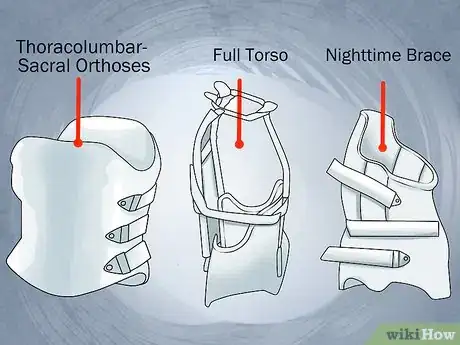
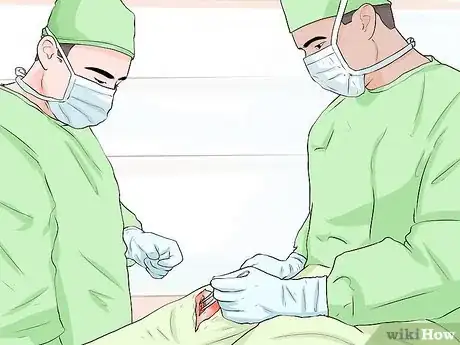
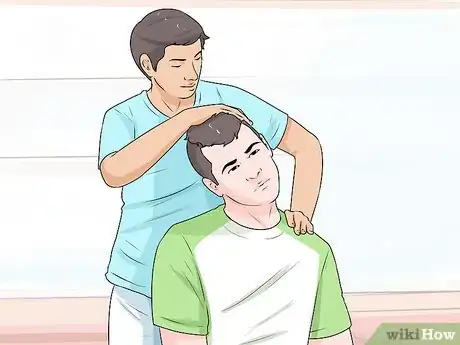
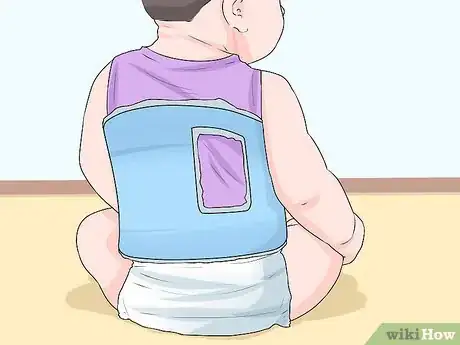
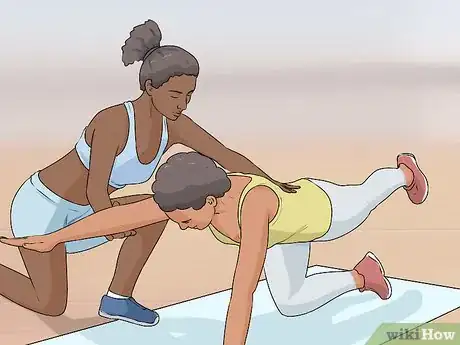
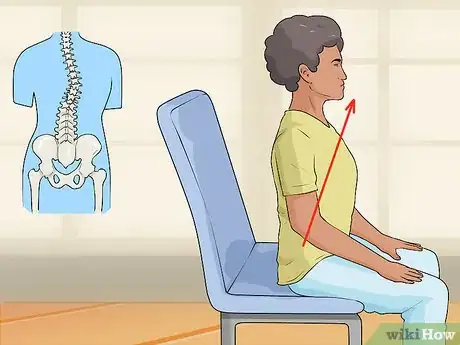
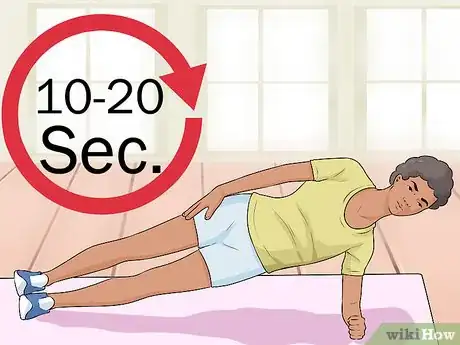
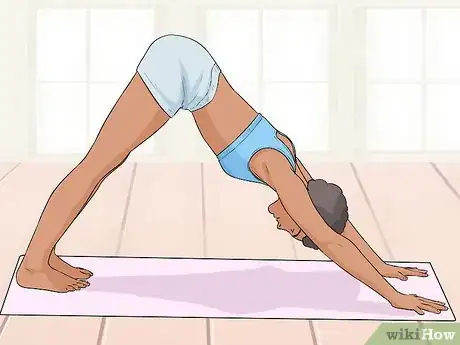
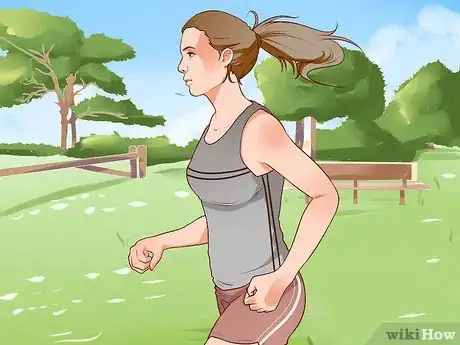
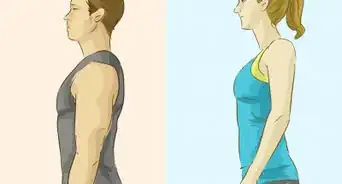
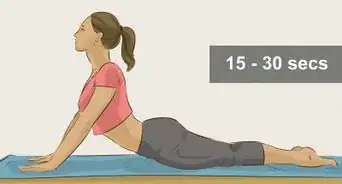
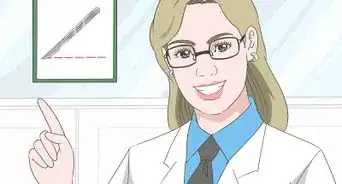


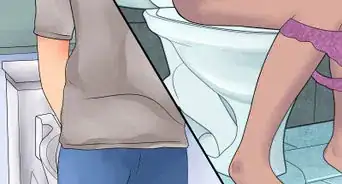
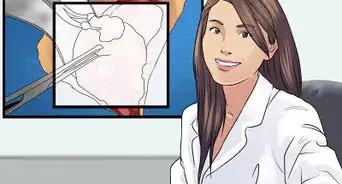
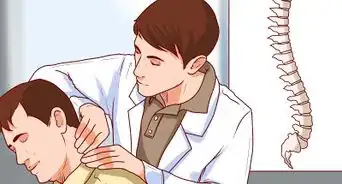
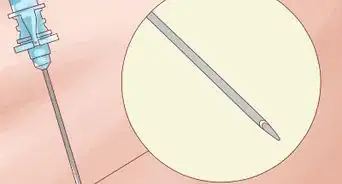
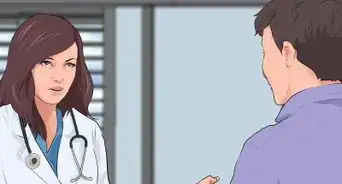
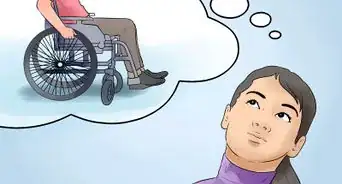
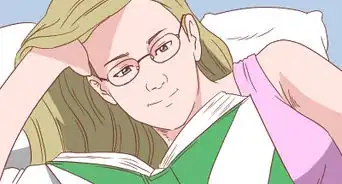

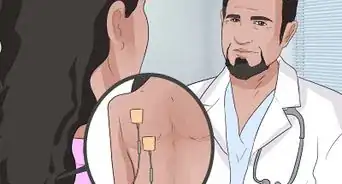









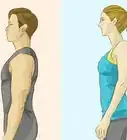






































Medical Disclaimer
The content of this article is not intended to be a substitute for professional medical advice, examination, diagnosis, or treatment. You should always contact your doctor or other qualified healthcare professional before starting, changing, or stopping any kind of health treatment.
Read More...